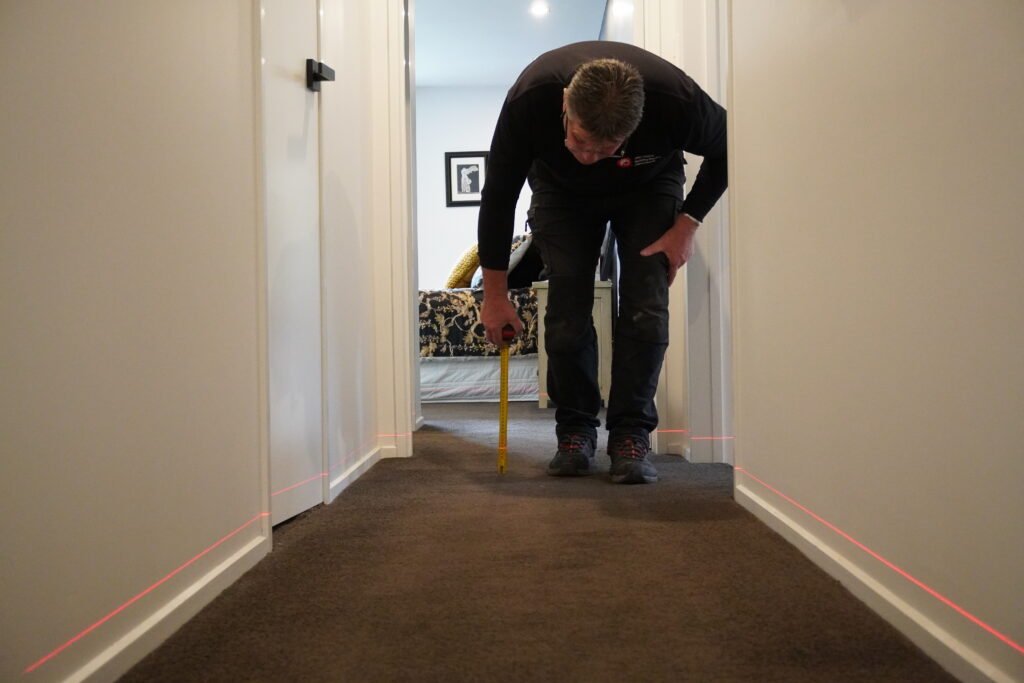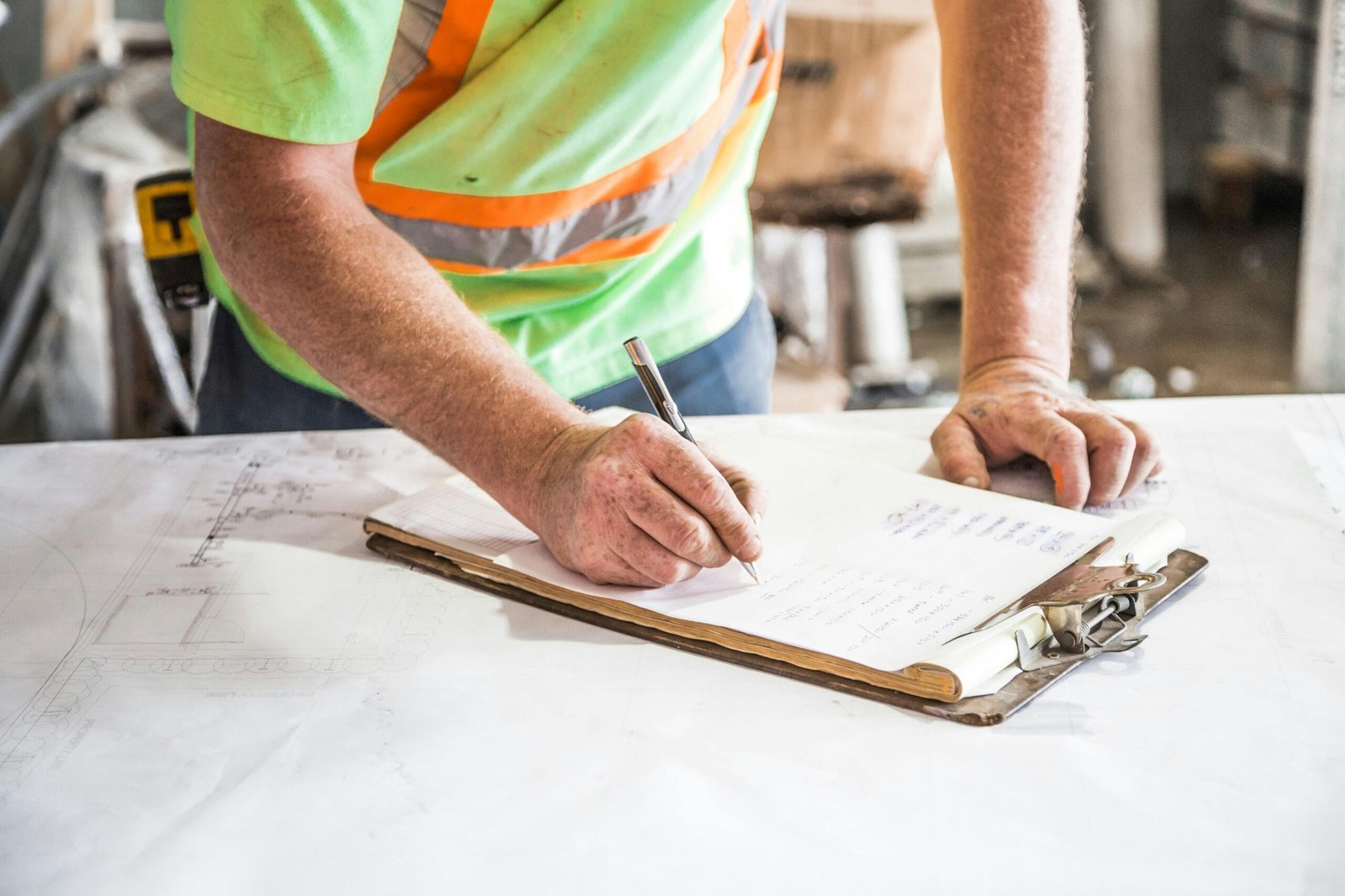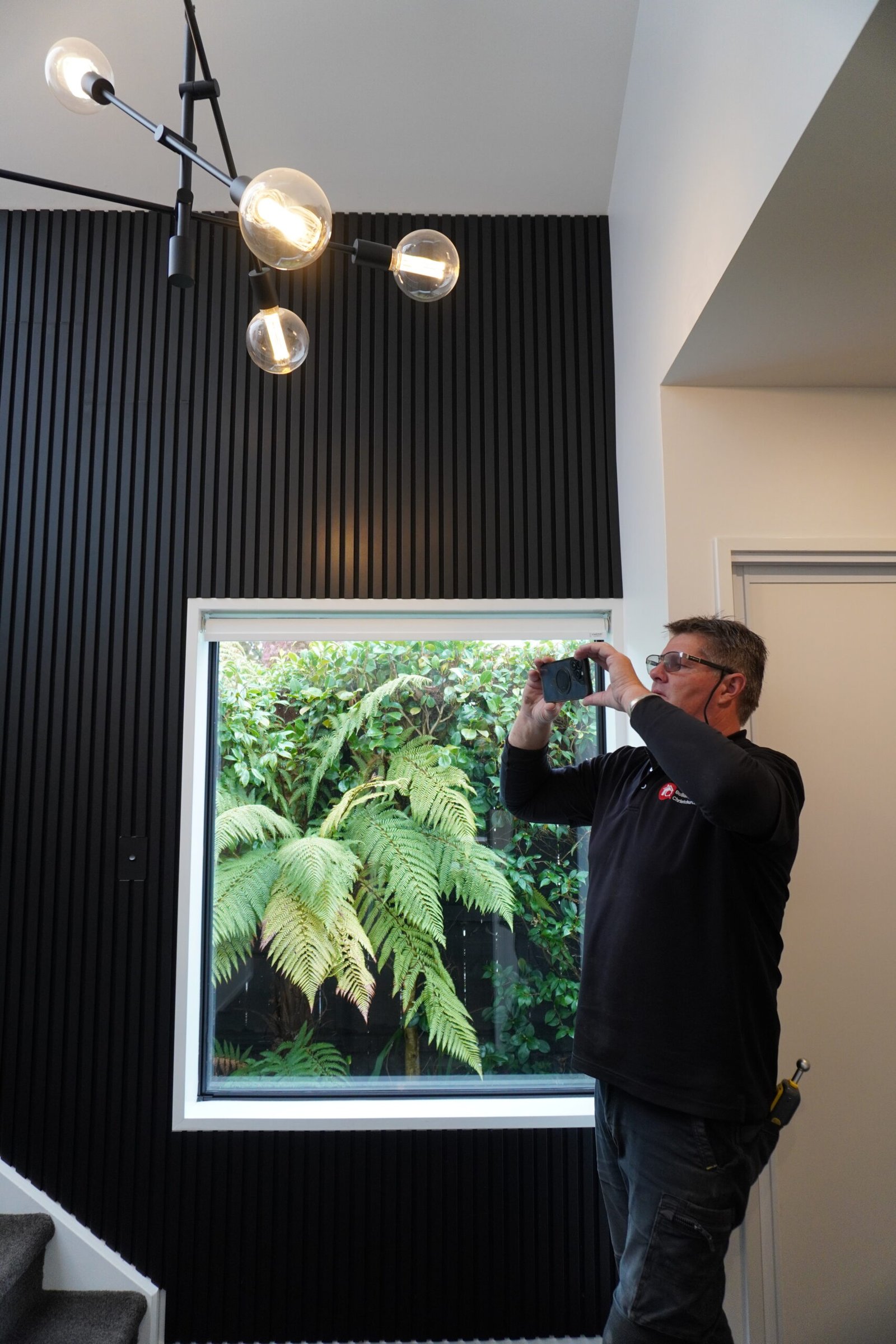Whether you’re buying your first home or preparing to sell, a building inspection is one of the most important steps in the process—but many people have no idea what actually gets checked.
In this post, we’ll break down exactly what a professional building inspector looks for and why each area matters more than you might think.
1. Structural Integrity: The Deal-Breaker Layer
These are the bones of the house—foundation, framing, subfloor, roof structure. If there’s a problem here, it’s not cosmetic. It’s financial.
We’re looking for movement, sagging, cracking, or patch jobs that hide deeper issues.
Structural faults can mean anything from long-term subsidence to a poorly done extension. And here’s the kicker: most of the damage isn’t visible until someone knows where to look.
A good inspector picks up on small clues that save buyers from massive renovation bills later.
Seller tip: If you’re listing your home, fixing structural defects upfront can protect you from negotiations falling apart last minute.
2. Roofing & Exterior: First Line of Defence
Roofs don’t just leak when it rains—they fail when they haven’t been maintained.
We assess tiles, flashings, gutters, and drainage paths to ensure water is staying outside where it belongs.
The exterior tells a story. Flaking paint, rot near the baseboards, or rusted flashings can indicate years of neglect.
These might seem like surface-level issues, but they often lead to moisture ingress, internal damage, and disputes during settlement.
Insight: A roof repair caught during inspection often costs hundreds. Left unchecked, it becomes thousands in internal repairs.
3. Interior Condition: The Lived-In Clues
This is where we check beyond what staging can hide. Uneven floors, sticky doors, cracked architraves, or ceiling stains are all signals.
The interior gives us insight into how the home has aged—and how well it’s been maintained.
Insulation, ventilation, and airflow matter here too. A dry, healthy interior means less mould, less damp, and better living conditions—especially important in older homes.
Value add: Inspectors often spot areas where moisture builds up due to poor airflow—something even the owners may not be aware of.
4. Plumbing & Drainage: The Invisible Expense
Most plumbing problems don’t reveal themselves until damage has already been done. Low water pressure, slow drainage, or signs of water staining are often brushed off—but they point to much bigger issues.
An inspection checks wet areas (kitchens, bathrooms, laundries), looks for leaks under fixtures, and assesses exterior drainage around the property. We’ve found cracked waste pipes, rusted connections, and long-standing leaks that would’ve cost thousands to fix if left undiscovered.
Buyer insight: A tidy bathroom with hidden leaks is still a risk. It’s not about how it looks—it’s about how it holds up.
5. Electrical Systems: More Than Just Lights Working
The number one thing we check isn’t whether the power’s on. It’s whether it’s safe.
Outdated switchboards, loose wiring, missing RCDs—these are signs that the home hasn’t kept up with modern electrical standards. Sometimes the home has had DIY work done (especially on renovations or extensions), and that’s where risks hide.
Stat: Older homes built before 1990 often haven’t had a full electrical safety check in decades.
For buyers: This matters not just for safety but also for insurability. Some insurers won’t cover homes with outdated boards unless they’re upgraded.
6. Moisture & Damp: The Hidden Destroyer
Moisture is the silent killer of Kiwi homes. You can’t always smell it, and you won’t always see it—but it’s there, behind skirting boards, under windows, or beneath shower trays.
We use moisture meters to detect elevated readings in common problem areas. If ignored, dampness can lead to mould, rot, and costly health issues—especially for families with young kids or older adults.
Seller perspective: Catching and fixing moisture issues before listing shows buyers you’ve taken care of the home—and prevents your sale price from taking a hit.
7. Optional Extras: Meth Testing & Healthy Homes Compliance
Depending on the property, we also offer:
Meth Testing: Particularly relevant for rentals or previously tenanted homes. Meth contamination isn’t always visible, but the health and financial risks are serious.
Healthy Homes Assessments: Essential for landlords to remain compliant with government standards. Covers heating, insulation, moisture control, and more.
Smart sellers often get these done before listing—it reduces buyer objections and shortens time on market.
Final Word: Why This All Matters
A building inspection isn’t just a checkbox for buyers or a hurdle for sellers. It’s a layer of protection.
It reveals the real state of the home, uncovers risks before they become regrets, and creates negotiating power—no matter which side of the deal you’re on.
At PRO CHECK, we don’t just tick boxes. We give you a clear, honest picture of what you’re buying—or what you’re about to sell.



